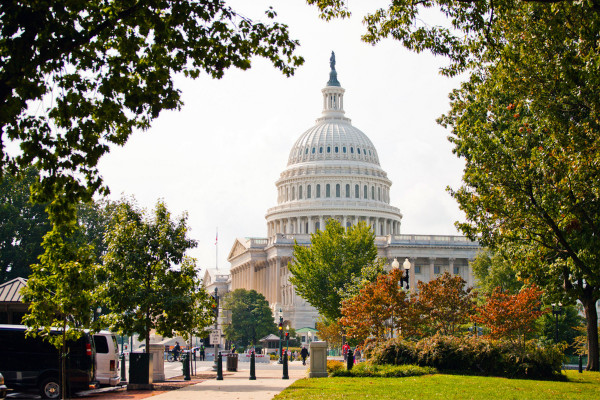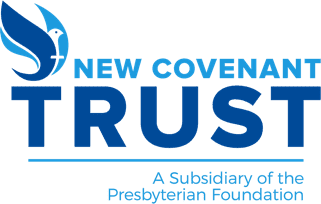
We went many years without changes to our federal retirement savings laws, but here we are, just two years after the SECURE Act was passed, discussing additional proposed changes that seem likely to become law in 2023. SECURE stands for Setting Every Community Up for Retirement Enhancement. It was originally signed into law on December 20, 2019.
On March 29, the U.S. House of Representatives voted 414-5 in favor of the Securing a Strong Retirement Act of 2022, also known as SECURE Act 2.0. Given the strong bipartisan support, some form of the legislation is likely to pass the Senate, and then be signed into law by President Joe Biden.
Recap of Previous Legislation
Before we get to the proposed changes in SECURE Act 2.0, here’s a quick refresher on the main changes that impacted individuals when the legislation took effect on January 1, 2020.
First, the starting age for required minimum distributions (RMDs) was increased from age 70 ½ to 72. This applies to individuals who reach age 70 ½ after December 31, 2019. However, the SECURE Act still allows individuals to make up to $100,000 in annual qualified charitable distributions from an IRA account at age 70 ½. In addition, the age cap for traditional IRA contributions was removed.
Except for a few types of beneficiaries, the life expectancy payout (aka “stretch payout”) was eliminated and replaced with a maximum 10-year, post-death payout period. For an individual leaving all retirement accounts to charity, this change does not pose a concern.
However, for anyone planning to leave substantial retirement accounts to non-spouse and non-charity beneficiaries, this change should have triggered a review and reevaluation of your overall legacy planning strategy given the potential tax liability of 10 years of distributions versus stretching distributions over a lifetime, especially for younger beneficiaries.
The original legislation also allowed for a penalty-free withdrawal of up to $5,000 from all retirement plans — apart from defined benefit plans — for individuals in the case of the birth or adoption of a child. The $5,000 amount is per parent, thus allowing for $10,000 per couple.
Proposed Changes
In its current form, the SECURE Act 2.0 expands on the original legislation and includes some welcome provisions. Specifically, the current bill provides the following:
Increasing the RMD age from 72 to 75 over time.
If you reach age 72 after December 31, 2022, and age 73 before January 1, 2030, you can start RMDs at age 73. However, if you turn age 73 after December 31, 2029, and age 74 before January 1, 2023, your age for starting RMDs would be 74. If you reach age 74 after December 31, 2032, RMDs would start for you at age 75.
Reduced penalties.
The original legislation imposed a 50% “excess accumulation” penalty on individuals who failed to take an RMD. The SECURE Act 2.0 reduces that penalty to 25%. Further, if the failure to take the RMD is promptly corrected, the penalty is reduced to 10%.
Increasing catch-up amounts.
The legislation proposes increasing the amount of annual catch-up contributions to $10,000 for participants ages 62 through 64, and $5,000 for participants who have attained a certain age in a SIMPLE IRA or SIMPLE 401(k) plan. (A SIMPLE IRA plan provides small business with a simplified way to contribute to their employees’ retirement savings. A SIMPLE 401(k) plan is a cross between a SIMPLE IRA and a traditional 401(k) that offers some features of both plans.)
Allowing contributions toward loans.
The SECURE Act 2.0 would allow employees to make contributions that go toward paying off their student loans, and these contributions would still be eligible for employer matching.
Changes to inherited IRA distributions.
The current legislation requires that inherited IRAs must be distributed within 10 years. It does not require annual distributions, however, so a beneficiary could wait until the 10th year to withdraw all the funds. The new bill would require annual distributions.
Benefit plan changes for small businesses.
The bill would require small businesses with 401(k) and 403(b) plans to automatically enroll their employees. Employees who prefer not to participate can opt out. The initial enrollment amount is 3%, with an incremental increase of 1% annually until the limit of 10% is reached. There is an exception for small businesses with 10 or fewer employees, new businesses less than three years old, churches and government agencies.
As you can see, the SECURE Act 2.0 is poised to further expand retirement plan coverage and participation, and build on the positive changes ushered in by previous legislation. If you have questions about how this new bill might affect you, please do not hesitate to reach out to us at 800.858.6127, Ext. 5911.
